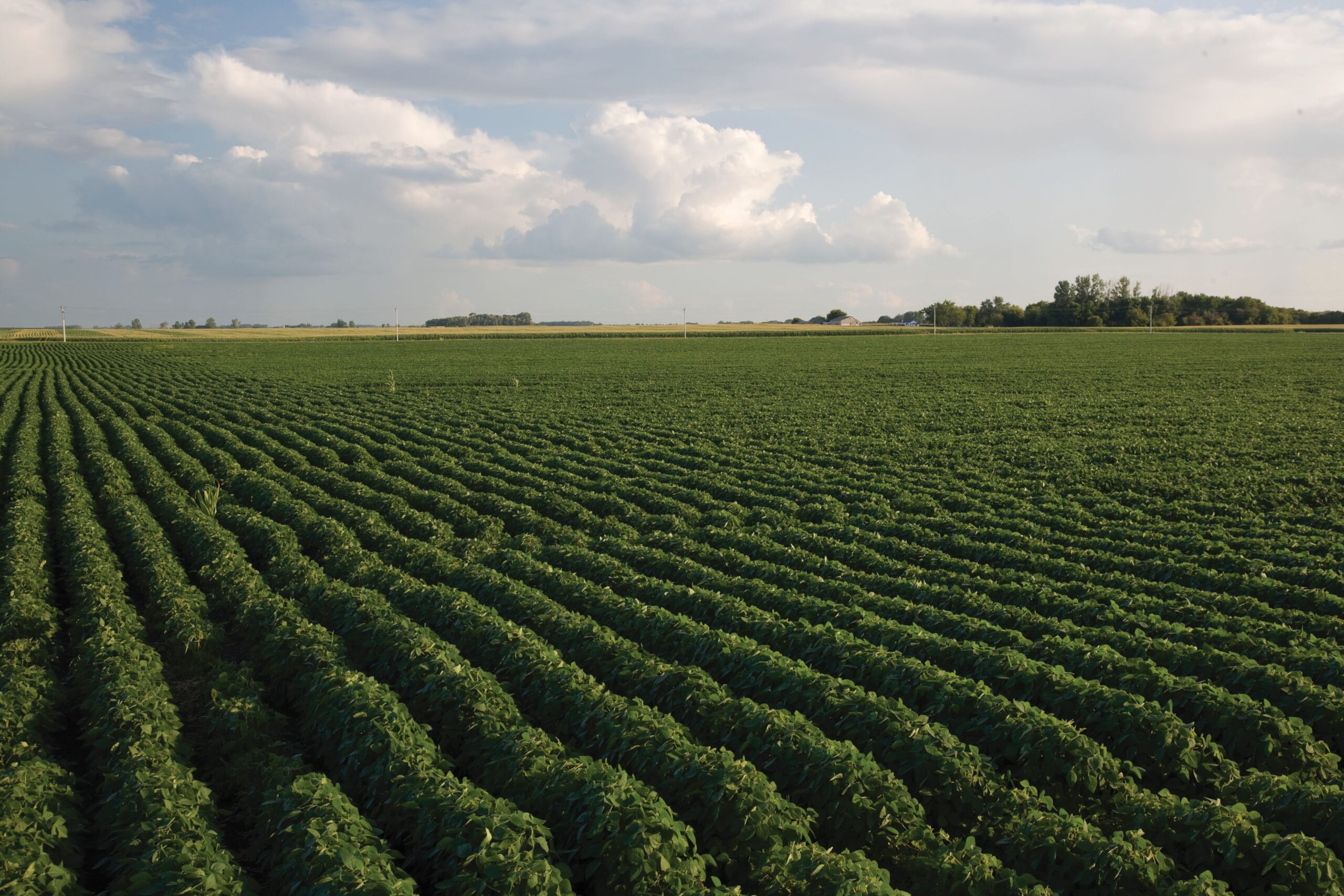Is it worth applying sulfur to your soybean crop?

Sulfur carryover
| Year 1- Corn | Year 2- Soybean | Year 3- Corn | Year 4- Soybean | Year 5- Corn | Year 6- Soybean | |
|---|---|---|---|---|---|---|
| Red Wing | +7 | 0 | +22 | +5 | +41 | +3 |
| Rochester | 0 | 0 | +14 | +3 | +13 | +2 |
More recently, an ongoing study funded by the Minnesota Soybean Research and Promotion Council is looking at the impact of banding sulfur pre-plant versus broadcast application of three sources of sulfur. So far, a full two years of corn-soybean data has been collected at two locations. What we have found is that, like the example above, there were no differences in yield for corn or soybean found during the first two years of the study. However, there was a small increase in the amount of sulfur in the harvested grain and some small increases in sulfur-containing proteins, indicating that the S applied for the corn was still present and was being taken up by the soybean crop the year following application. All the data we have at this time shows that sulfur application in one particular year may be detected in future years, so application is not necessary ahead of every crop unless that crop is highly sensitive to sulfur deficiency.
So, why is there so much interest in sulfur for soybeans nationally?
You may have seen information provided by Purdue University researchers showing significant sulfur responses for soybean. What you should keep in mind is that soil properties and previous applications of sulfur can impact current crop responses to sulfur. While there may be some instances where Minnesota soybean producers can increase yield with sulfur, Minnesota farmers have been early adopters of sulfur in the Corn Belt due to research supported by commodity groups such as Minnesota Corn, Minnesota Soybean, and Minnesota Wheat Growers, as well as the AFREC program. This early adoption and continual use of sulfur in crop rotations is more likely to result in less of a need for sulfur application ahead of a crop such as soybean, which is a good scavenger of nutrients applied and not used by the previous crop. In fact, I have found that sulfur application ahead of corn not only can increase soybean yield, it also does not result in excessive vegetative growth, which can result in greater incidence of soybean yield-hurting diseases.
Summary
Based on research in Minnesota, direct application of sulfur should be a low priority for soybean producers who are already applying sulfur at other points in the crop rotation. If you are not applying sulfur ahead of soybean and are wondering if you are missing out, strip trials may be warranted to see if direct application would be beneficial to the soybean crop. However, I would highly recommend not applying sulfur directly to soybean and instead focusing on other crops in the rotation, like corn, which will have a greater return on investment. Applying sulfur at the high end of the ranges currently suggested for corn should have the added benefit of some of the sulfur carrying over to the following soybean crop. Soybean producers in Minnesota should pay attention to sulfur in their overall rotation, but making sure you apply it directly ahead of soybean should not be a major concern.
This article was originally published in the Minnesota Crop News. Republished here with permission.
